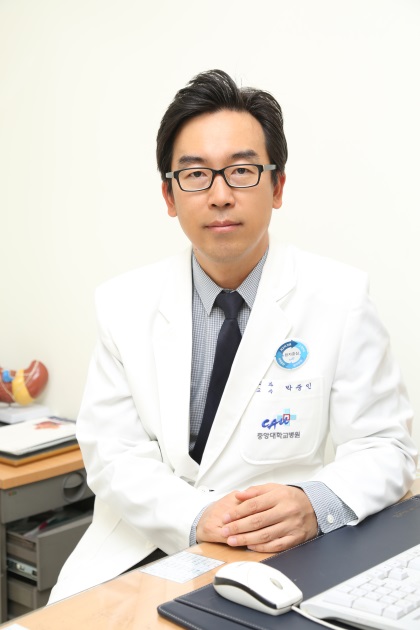A research team at Chung-Ang University Hospital (CUH) has proved that surgery is a better option than drugs in treating gastroesophageal reflux disease (GERD).

While the prevalence of GERD is increasing, recent researches have suggested laparoscopic nissen fundoplication as a fundamental treatment for the disease. Due to the lack of awareness for the surgery, however, most GERD patients in Korea still rely heavily on medication.
According to the National Health Insurance Corporation, only 342 patients with GERD received the laparoscopic nissen fundoplication surgery between 2012 and 2016, while up to 3.1 million people received high-dose medication during the period.
To prove that surgery is more effective than medication, the team, led by Professor Park Joong-min, evaluated 51 patients with GERD who underwent the laparoscopic nissen fundoplication surgery at five local hospitals, including CUH, for heartburn, gastric acid reflux, swallowing disorders, atypical symptoms and surgical complications, as well as quality of life for three months before and after surgery.
The team also compared the effectiveness and validity of surgical and medication treatment.
The result showed that there were no complications in patients who received the laparoscopic nissen fundoplication. It also indicated that 97 percent of patients saw their heartburn symptoms completely cured or improve, and 94.3 percent saw their gastric acid reflux symptoms resolved three months after the surgery.
Also, 73 percent of patients said they were satisfied with the treatment results three months after surgery compared to the 11.8 percent before receiving the operation.
"The results of this study proved that compared to medication treatment, laparoscopic nissen fundoplication surgery is an effective treatment to improve symptoms and quality of life for GERD patients," Professor Park said. "To obtain the best outcome, it is important for hospitals to select patients for surgery by conducting an accurate diagnosis."
Journal of Neurogastroenterology and Motility published the result of the study.

